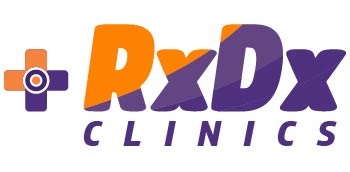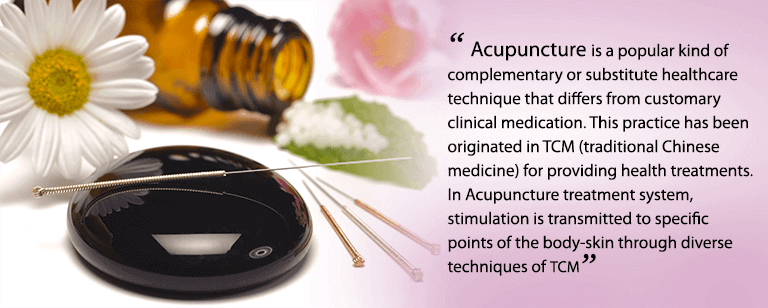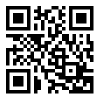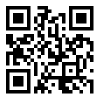Chinese Acupuncture and its Techniques
Acupuncture is a popular kind of complementary or substitute healthcare technique that differs from customary clinical medication. This practice has been originated in TCM (traditional Chinese medicine) for providing health treatments. In Acupuncture treatment system, stimulation is transmitted to specific points of the body-skin through diverse techniques of TCM.
TCM is basically a pseudoscience that generally has no valid mechanism system for health treatments. According to TCM, acupuncture removes any trouble in the ‘’qi’’ – the flow of natural energy or life force – by injecting stimulation’s in the specific points of the body-skin through channels termed as meridians. Still today scientific investigations and medical science have failed to establish any logical and valid histological and physiological correlations among the Chinese concepts, including, acupuncture points, qi, meridians, etc. and has declared this system as pseudoscientific. However, Acupuncture treatment is trusted and admired by many people round the world for its undeniable effectiveness.
In the recent years, the modern Acupuncture treatment has become highly individualized. The treatment style depends on the philosophy as well as intuition. However, in the Acupuncture treatment, several organs of the body, such as, arms-pulse and tongue are inspected before starting the treatment-session. This treatment includes several numbers of sessions. The quantity and regularity of sessions varies from patient to patient.
In the Acupuncture treatment diverse techniques are applied for stimulating the accurately defined points on the body-skin. The most popular and widely practiced acupuncture techniques include penetration of heat, pressure, needles, laser, etc.
Stainless steel-built needles are used in Acupuncture treatment, as those are flexible and free from the risk of rusting, breaking, etc. Needles are disposed after single-time use to avoid contamination. However, reusable needles are sterilized after every session. Needle-length ranges from 13mm to 130 mm. The smaller needles are used in face and eye-areas; whereas, the longer needles are applied in the fleshy areas. Needle-diameter ranges from 0.16 mm to 0.46 mm. Thinner needles are inserted through tubes. The needle needle-tips are made less-pointed to avoid breakage, though blunt needle-tips are more painful.
Japanese acupuncturists prefer very thin needles and in several cases, needles are applied along with a guide-tube. This technique is widely applied in China. Korean acupuncturists prefer copper-made needles and they put more emphasis on the hand-acupuncture.
For needle-insertion in the Acupuncture session, the skins of precise Acupoints are sterilized and the needles are penetrated through a plastic-made guide tube. Needles might be directed in several methods, such as, spinning, flicking, moving up & down, etc. As huge pain is felt by the patient in the surface skin-layers, the needles are inserted quickly. However, level of expertise of the acupuncturist might influence the level of pain.
For booking, appointment call us today!!!
If you have further questions then please contact us on.





